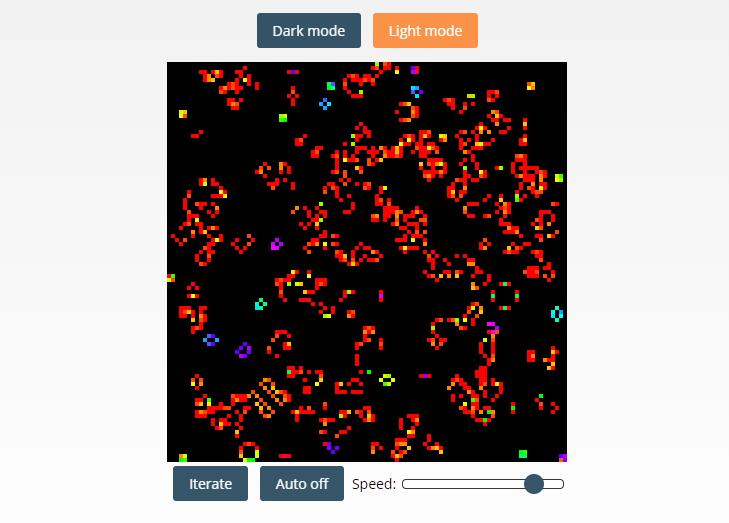

Ĭonway chose his rules carefully, after considerable experimentation, to meet these criteria: It developed a cult following through the 1970s and beyond current developments have gone so far as to create theoretic emulations of computer systems within the confines of a Life board. For some, however, Life had more philosophical connotations. For many, Life was simply a programming challenge: a fun way to use otherwise wasted CPU cycles. In this respect, it foreshadowed the later popularity of computer-generated fractals. The game could be run for hours on these machines, which would otherwise have remained unused at night. The popularity of Conway's Game of Life was helped by its coming into being just in time for a new generation of inexpensive minicomputers which were being released into the market.
VARIATIONS OF CONWAYS GAME OF LIFE FREE
For example, philosopher and cognitive scientist Daniel Dennett has used the analogue of Conway's Life "universe" extensively to illustrate the possible evolution of complex philosophical constructs, such as consciousness and free will, from the relatively simple set of deterministic physical laws governing our own universe. The game can also serve as a didactic analogy, used to convey the somewhat counter-intuitive notion that "design" and "organization" can spontaneously emerge in the absence of a designer.

It is interesting for computer scientists, physicists, biologists, biochemists, economists, mathematicians, philosophers, generative scientists and others to observe the way that complex patterns can emerge from the implementation of very simple rules. Life provides an example of emergence and self-organization. Because of Life's analogies with the rise, fall and alterations of a society of living organisms, it belongs to a growing class of what are called "simulation games" (games that resemble real life processes).Įver since its publication, Conway's Game of Life has attracted much interest, because of the surprising ways in which the patterns can evolve. The game made Conway instantly famous, but it also opened up a whole new field of mathematical research, the field of cellular automata . From a theoretical point of view, it is interesting because it has the power of a universal Turing machine: that is, anything that can be computed algorithmically can be computed within Conway's Game of Life. The game made its first public appearance in the October 1970 issue of Scientific American, in Martin Gardner's " Mathematical Games" column. The Game of Life emerged as Conway's successful attempt to drastically simplify von Neumann's ideas. The rules continue to be applied repeatedly to create further generations.Ĭonway was interested in a problem presented in the 1940s by mathematician John von Neumann, who attempted to find a hypothetical machine that could build copies of itself and succeeded when he found a mathematical model for such a machine with very complicated rules on a rectangular grid. The first generation is created by applying the above rules simultaneously to every cell in the seed-births and deaths occur simultaneously, and the discrete moment at which this happens is sometimes called a tick (in other words, each generation is a pure function of the preceding one). The initial pattern constitutes the seed of the system.

The universe of the Game of Life is an infinite two-dimensional orthogonal grid of square cells, each of which is in one of two possible states, alive or dead.


 0 kommentar(er)
0 kommentar(er)
